-
Content Count
1012 -
Joined
-
Last visited
Posts posted by Philo
-
-
19 minutes ago, SylvainLS said:Height variation option has been added
Perhaps not perfect, but definitely better! The results with a limited max slope are pretty nice.
-
AFAIK buffer exchange is not supported in LeoCAD. You might want to have a try with LDCad, even more powerful (connectivity, flexible parts, dimensions/angle measurements) than LeoCAD. It also supports buffer exchange. http://www.melkert.net/LDCad
-
Now, I feel really confused. After disassembly of my little thickness comparison, I see that I managed to swap gears!!! the thicker, burry gear is actually the OLD one. The new is thinner and smoother (and so should work better!)
-
46 minutes ago, Zerobricks said:but why change the teeth?
Honestly I don't see much change in teeth shape: new tooth
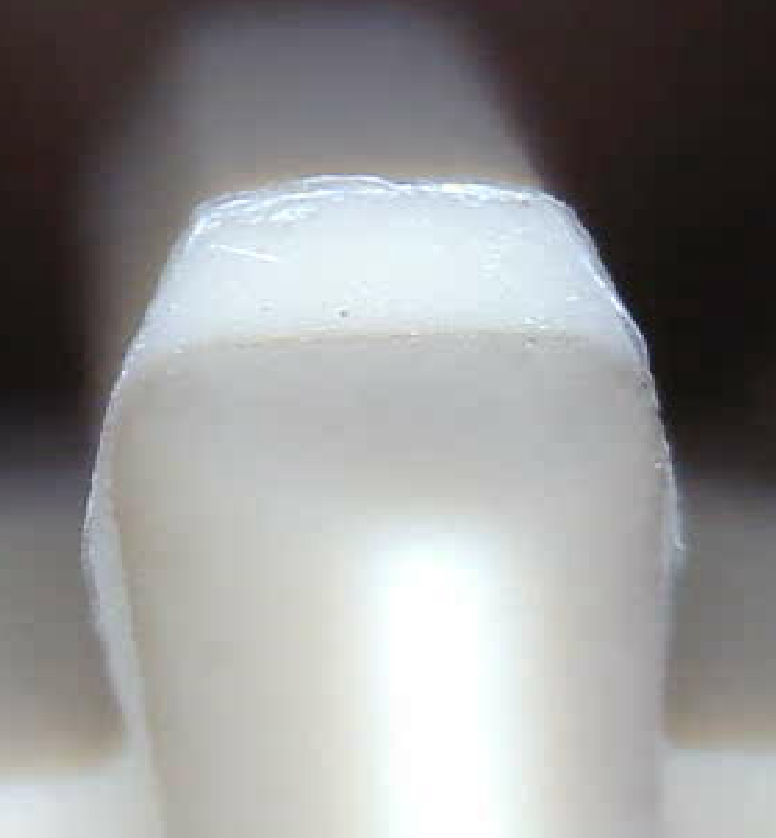
Old tooth:
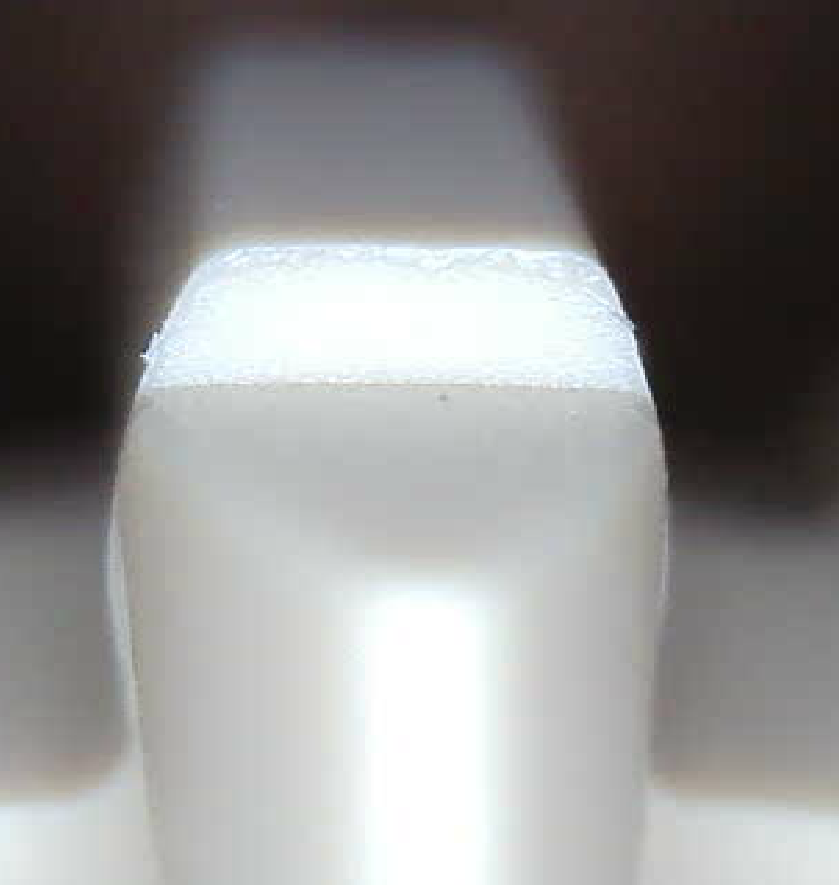
Interestingly, the old gear can show burrs too, but located at the base of teeth where the new design is perfectly smooth. Different molding technique I guess...
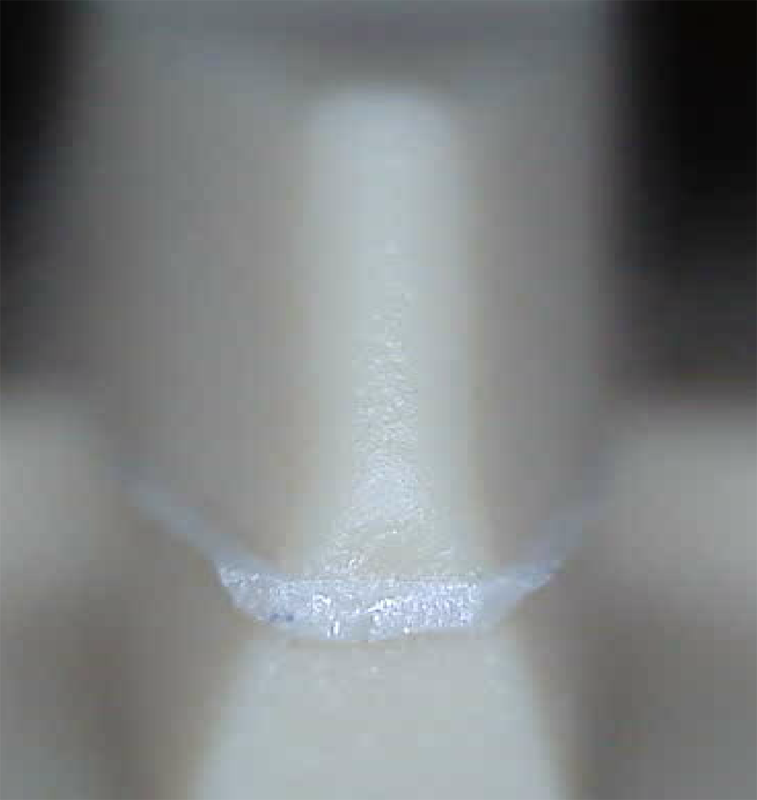
-
5 minutes ago, legolijntje said:What gears did you compare? The old and new design, or were they both new design with one just being older than the other? Any idea from what set/year your new (thicker) gear is?
Old and new design. Not sure I have a new-but-not-so-much version. New comes from 42099 so really recent.
-
Arghl!!! the
newOLD version of this gear is significantly thicker, and there are aweful burrs :(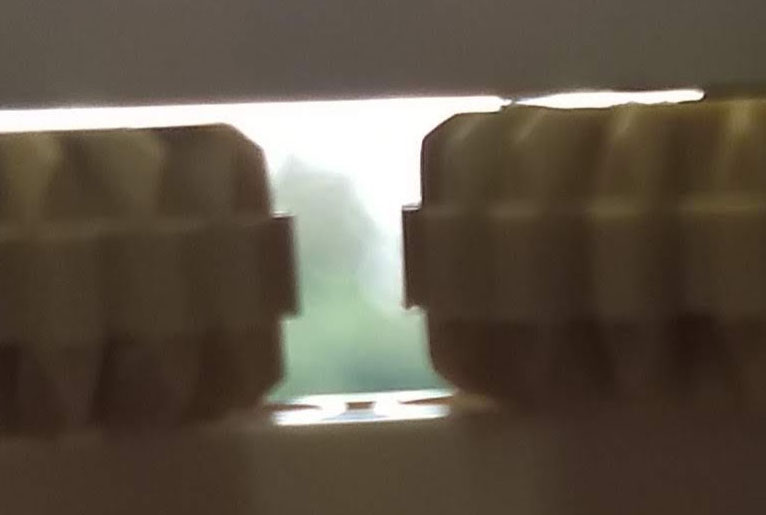

-
2 hours ago, SylvainLS said:(though the top of this one looks pretty flat to me
 )
)
...but the one just in front is not that flat ;) https://www.flickr.com/photos/ytierny/15327507517/in/photostream/
-
Another possible addition would be some cliff height variation. While the flat top is useful if you want to build something there, it looks pretty un-natural in itself (while the rest of the cliff and shore really looks great). Some green "pebbling" perhaps?
-
Really great (and very fast)! Could you make a post on LDraw forum?
-
-
1 hour ago, Thierry-GearsManiac said:Behind it, there seems to be another Z16 one (with a round center hole too) driving it, but how ?
- a clutch ring would allow too much backlash (almost 2*90°)
- hot glue ? Not destructive but not pure LEGO
- rubber (some small LEGO tire or non-LEGO stuff) ?
A link to the clock design would be interesting in order to investigate this.
I used control sticks to hold z16 together. As indicated by Zerobricks a differential case would have worked too, but more bulky. Write-up of this clock: http://philohome.com/cuckoo/cuckoo.htm (French version here: http://www.techlug.fr/Forum/topic5228.html )
-
1 hour ago, skppo said:I think I've seen a clock that used this technique for the hands.
Such as this one...
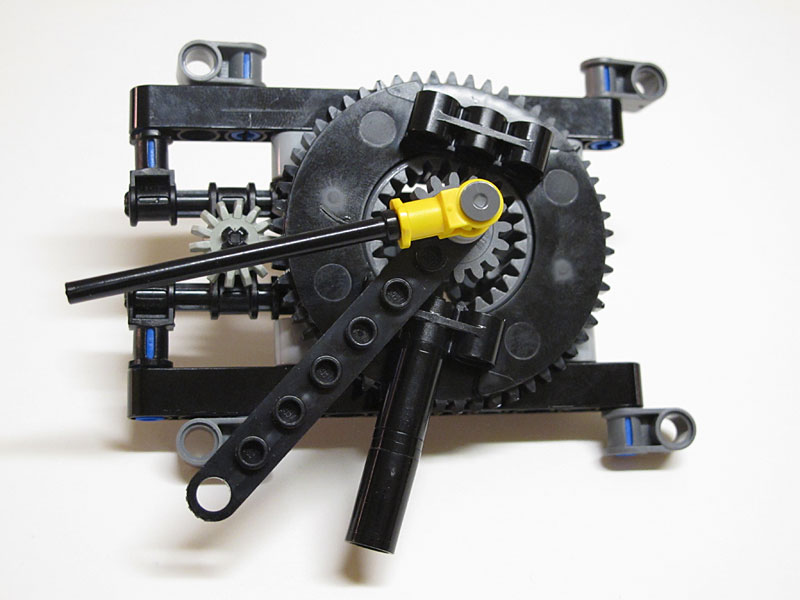
-
Nice! Out of curiosity, is it buildable? (I mean, are all elements properly attached?)
-
(deleted, already answered)
-
11 hours ago, ctx1769 said:Any Links anybody?
Here it is... https://rebrickable.com/mocs/MOC-28316/CustomBricks.de/ultimate-42099-moc-by-effermann/
-
More on calibration of servos...
I built @grohl 42099 B model (racing truck). But this model doesn't include an index finger ensuring that centered steering occurs at multiple of 90° shaft position. So BC2 (or official app for that matter) doesn't auto center properly. For this kind of model, it would be better to center steering in the middle of end of travel of steering rack. Fortunately the manual calibration does the trick for now ;)
-
38 minutes ago, SNIPE said:The battery box should have revere current protection
That's not a reverse current, just that the discharged batteries which get reverse polarized because of their internal resistance that gets high in that state.
-
25 minutes ago, SNIPE said:so I put two (of the 6) dead ones in, same make, same type.the hub just blinked orange and wouldnt pair.
Don't do that! Not only the voltage is too low to properly power the device, but if it did, the discharged batteries would start to charge in reverse and that would damage them.
25 minutes ago, SNIPE said:You can't even turn the hub off without the aid of a phone
Question is, how do you turn it on without a phone? If the hub is not paired (blinking white), it shuts down itself after a few seconds. Otherwise, a paired hub can be powered off by maintaining the green button pressed during 8 seconds or so.
Now I agree that LEGO app is perfectible ;) -
Awesome!
Minor gripe: I'd like the calibration screen to have a validation button. Currently I have to perform calibration, come back to controller action screen and not forget to use check button instead of back arrow. A bit misleading...
-
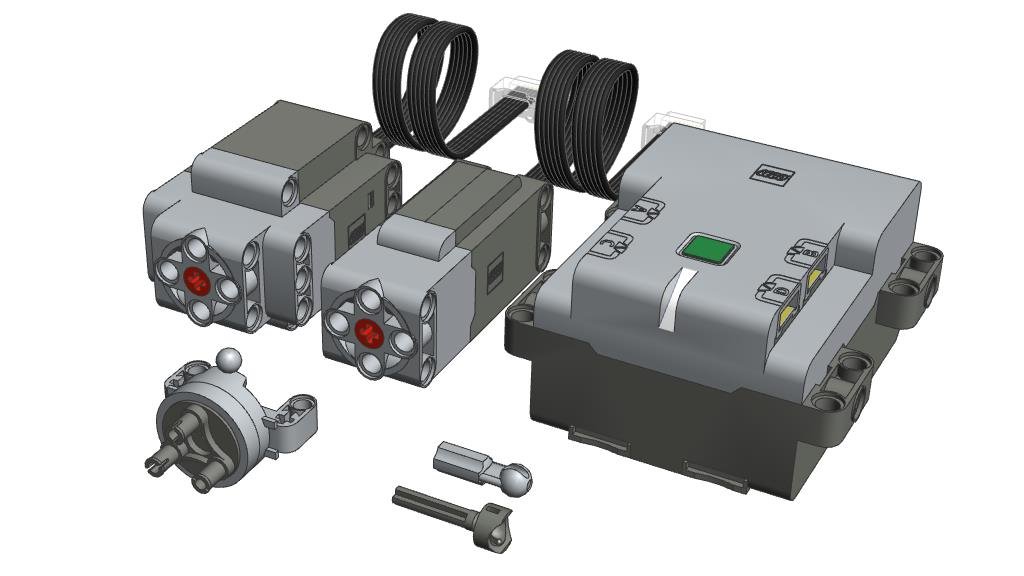
LDraw models of the new parts of 42099 Extreme Off-Roader set are now available!
- Control+ motors and hub
https://www.ldraw.org/cgi-bin/ptdetail.cgi?f=parts/22127.dat
https://www.ldraw.org/cgi-bin/ptdetail.cgi?f=parts/22172.dat
https://www.ldraw.org/cgi-bin/ptdetail.cgi?f=parts/22169.dat- CV-joint
https://www.ldraw.org/cgi-bin/ptdetail.cgi?f=parts/52730.dat
https://www.ldraw.org/cgi-bin/ptdetail.cgi?f=parts/52731.dat- Wheel bearing with planetary reduction
https://www.ldraw.org/cgi-bin/ptdetail.cgi?f=parts/46490c01.dat -
Chance is low. We value backwards compatibility a lot, and any evolution scheme must take this into account and provide significant benefit. See for example this discussion: https://forums.ldraw.org/showthread.php?tid=14432&pid=14432#pid14432
-
9 hours ago, NathanR said:though it would be better if LDraw bricks simply used UV maps and image files, rather than having the image converted into a mesh of triangles and quads.
Texture mapping is supported by all modern LDraw tools (granted, "only" planar/cylindrical/spherical projection), see https://www.ldraw.org/documentation/ldraw-org-file-format-standards/language-extension-for-texture-mapping.html
-
-
A "Powered Up" update of my website...
Mechanical characteristics, pinout and signal description.
The Powered Up serial link protocol
An overview of the dialog between Powered Up hubs and "intelligent" devices.



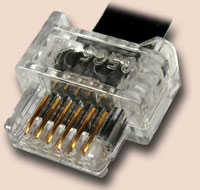


Computer Generated Lego Landscapes
in Digital LEGO: Tools, Techniques, and Projects
Posted
Actually I like the result, eg. with a low density of grey over white (71,15:10). Did you improve top covering with randonm height option? it seems to look even better now ;)